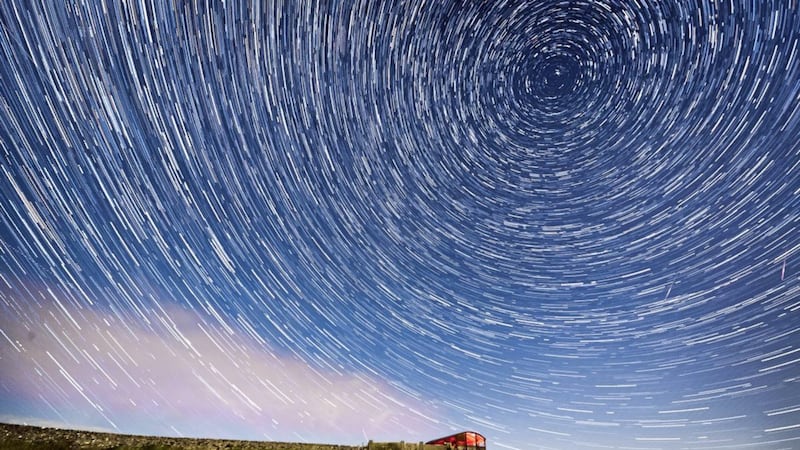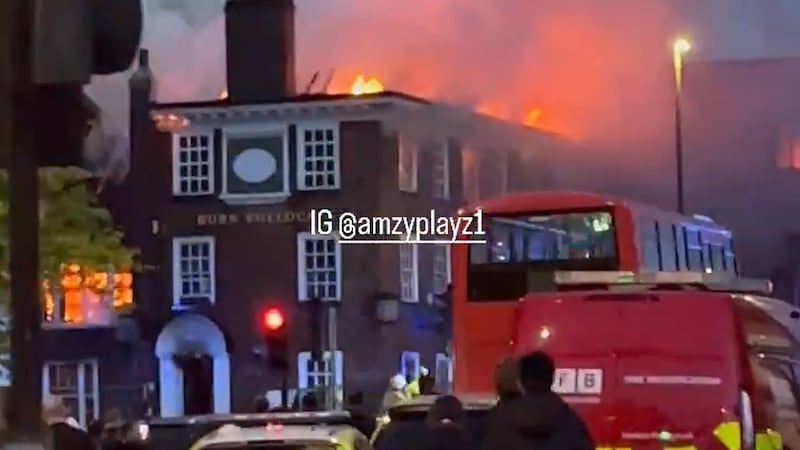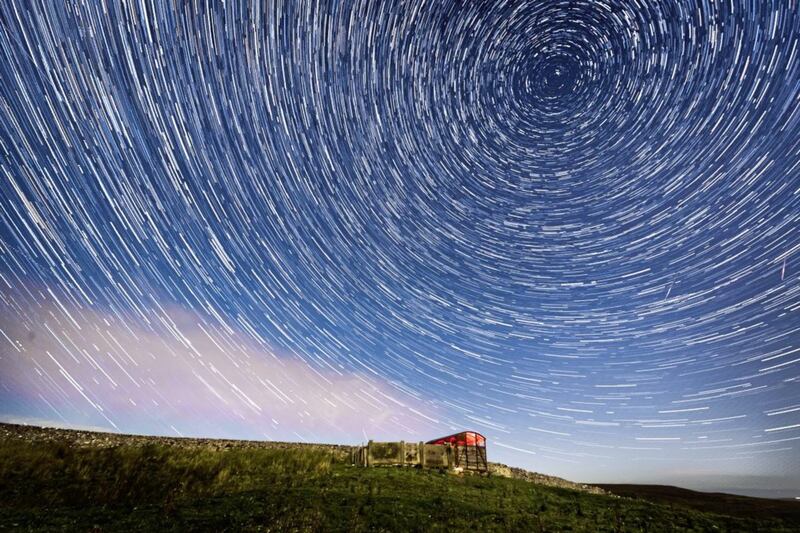SKYGAZERS were treated to a spectacular display of celestial fireworks as the Earth flew through a cloud of cometary dust.
The Perseid meteors, shed by comet Swift-Tuttle, stage their show every August and are among the brightest of all shooting stars.
A clear sky gave most parts of the UK an opportunity to spot the meteors in the early hours of Sunday, Met Office forecaster Marco Petagna said.
He said: "There were some good cloud breaks, so many areas would have had a good chance to see them during the early hours. It would have been pretty good viewing."
The meteor shower lit up the sky near Hawes in the Yorkshire Dales National Park.
Streaking flashes of light were also pictured online in the sky above Co Waterford in Ireland, while Professor Richard Betts, from the Met Office Hadley Centre, tweeted late on Saturday night: "(East Devon, UK) 4 in space of 15 minutes, sadly clouding over now!"
The meteors, mostly no bigger than a grain of sand, burn up as they hit the atmosphere at 58 kilometres (36 miles) per second to produce a shooting stream of light in the sky.
Seen from the Earth, the Perseids appear to originate from one place in the north-east known as the "radiant" which happens to be near the constellation Perseus.
Because the density of the dust cloud varies, the meteors are not evenly spaced out. At certain times they can be close together and at others seem to disappear.
The Perseids were the first meteor shower to be linked to a comet when astronomer Giovanni Schiaparelli spotted their association with Swift-Tuttle in 1862.
The comet orbits the sun every 135 years. As the Earth crosses its orbit, it ploughs through some of the debris left by the icy object on previous visits. None of the particles are big enough to avoid destruction and reach the ground.
Robin Scagell, vice president of the Society For Popular Astronomy, said while the display peaked on Saturday the official limit is next Sunday, August 20, so there is still a chance to see the meteors.
He said: "For the next few days you could expect to see some but decreasing numbers all the time, so tonight will be probably the best chance of seeing them if you missed them last night."
The best viewings are under a clear sky, away from built-up areas, he advised.




